What is A Defibrillator? All Your Questions About AEDs Answered
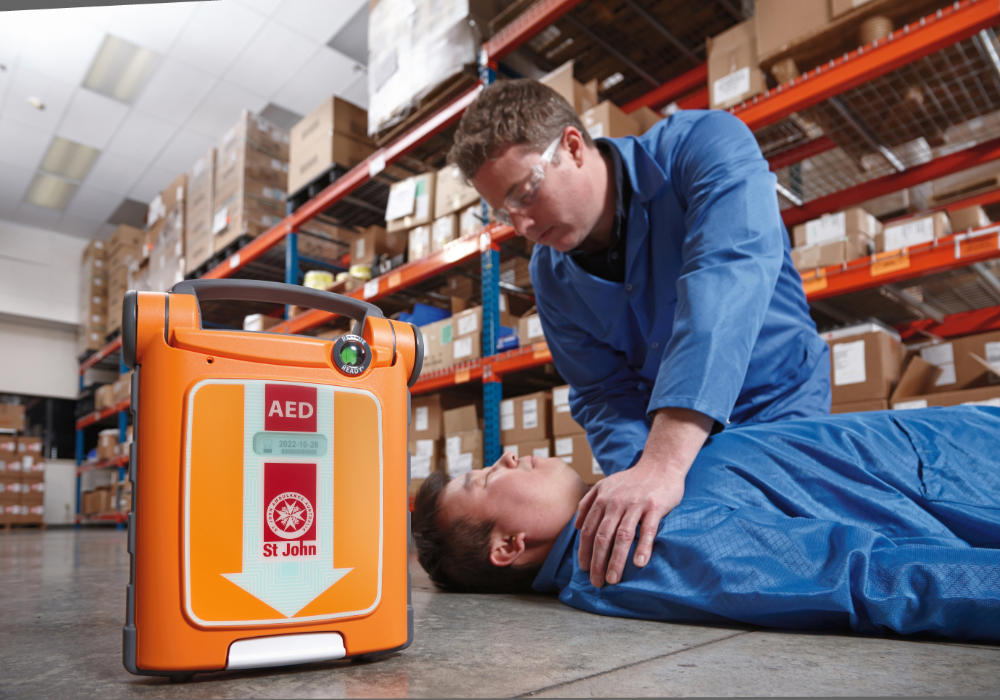
You might be hearing more and more about Defibrillators or AEDs lately and for good reason. Defibrillators really do save lives, and this makes them the most powerful tool a First Aider can use.
But what is a Defibrillator exactly and how do they bring people back from the brink of death? Are they dangerous? Do you need to be First Aid trained? As one of the leading retailers, installers and trainers of Defibrillators in Australia, we commonly hear all these questions and more so can help put your mind at ease.
What is a Defibrillator?
A Defibrillator is a sophisticated life-saving device used to treat Sudden Cardiac Arrest (SCA), a condition that occurs when the heart unexpectedly stops pumping due to an underlying medical condition.
30,000+ Sudden Cardiac Arrests occur every year and unfortunately, without defibrillation and CPR, fewer than 5% survive. Every minute that passes without defibrillation reduces the chance of survival by 10%.
If you do use a Defibrillator within the first few minutes of sudden cardiac arrest, it can increase the survival rate to as high as 70%. Therefore it is vital that more people become aware of what Defibrillators are, how to find them and how to use them.
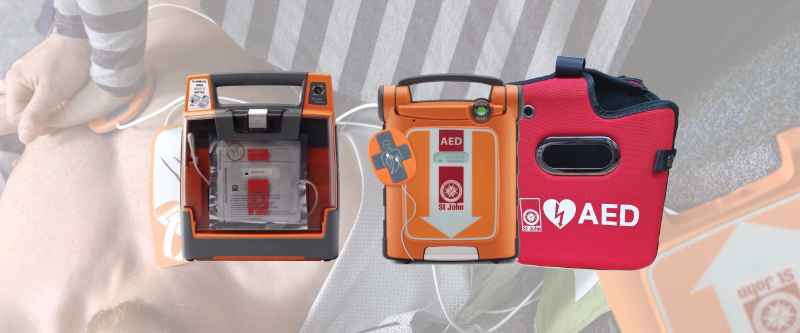
The St John G5 and G3 Elite AEDs are simple, effective and ready for the rescue.
What Does AED Stand For?
AED Stands for Automatic External Defibrillator. An AED is the same as a Defibrillator, or ‘Defib’.
What Does an AED Do?
Defibrillation is the process of attempting to restore the heart’s normal rhythm and is crucial in the first five minutes following a Sudden Cardiac Arrest to maximise the person’s chance of survival. An AED analyses the heart rhythm and recognises an abnormal rhythm or ‘ventricular fibrillation’. It will then decide whether a shock is required to be delivered or not.
How Does a Defibrillator Work?
A Defibrillator delivers a set amount of electrical shock to the heart after it analyses the heart rhythm. It determines whether a shock is required to the heart via adhesive electrode pads attached to the person’s chest. The shock then interrupts the chaotic rhythm of the heart and gives the heart the chance to return to its normal pumping rhythm.
How to Use a Defibrillator?
Anyone can use a Defibrillator as they are very easy to operate. It is just a matter of opening up the Defibrillator and it will instantly give you voice prompts to follow. It doesn’t skip ahead and will keep repeating the instruction until each step has been completed, making it reassuring guide in what is a stressful situation.
In an ideal situation, CPR should be done while someone else is retrieving the Defibrillator. If CPR is done as soon as possible, there is a better chance of keeping the heart in ‘fibrillation’ or a ‘shockable rhythm’.

Are They Dangerous? Can They Shock Someone Accidentally?
If there is normal heart rhythm, an AED will not allow a shock to be delivered. For example, if a person thinks the casualty is not breathing but the heart is beating, an AED will assess whether there is a heart rhythm and advise by voice command that a shock is not required. The AED is intelligent and it is impossible for it to deliver a shock when not needed.
If someone is in cardiac arrest, in clinical terms, they are already classed as dead, by using an AED you will only be increasing their chances of survival.
Do You Need Training to Use a Defibrillator
No, anyone can and should use a Defibrillator. The voice prompts are designed for beginners and will instruct you on exactly what to do, from reminding you to call 000 to counting out the CPR rhythm.
Of course training beforehand increases your confidence and preparedness in using a Defibrillator. It helps people understand where the AED fits into the DRSABCD process and the chain of survival. This can definitely save precious minutes that might be wasted in opening and positioning the Defibrillator, which is why we recommend you complete First Aid training and do regular refreshers.
Can Defibrillators Be Used On Children?
Yes, you can use standard AED pads are suitable on children older than 8 years. For children under 8, special infant/child pads or ‘keys’ are available that adjust the current delivered by the Defibrillator to be suitable for a child.
In an emergency, if an AED with adult pads is the only device available, you should definitely consider using it. Apply one pad to the front of the chest, and one to the back to ensure they do not touch each other on the child’s chest.
Can Defibrillators Be Used on Pregnant Women?
Yes, there are no contra-indications to using an AED during pregnancy. Treat a pregnant woman the same as another type of casualty when they are not responding or breathing.
A Summary of Answers to Your AED Questions:
- AEDs are reliable, easy to use, simple to maintain, portable, durable and cost-effective.
- AEDs can and should be used by anyone
- An AED will not shock unless it can detect the heart is not beating correctly and a shock is required
- First Aid training will help people to become more confident to use an AED in a real life situation
The more we all know and understand about Defibrillators, the greater opportunity we have to improve survival rates from Sudden Cardiac Arrest. After all, a community that is prepared and able to use a Defibrillator in an emergency is a safer, more resilient community.
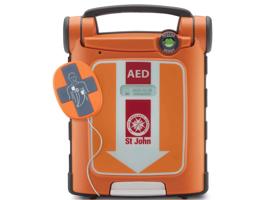
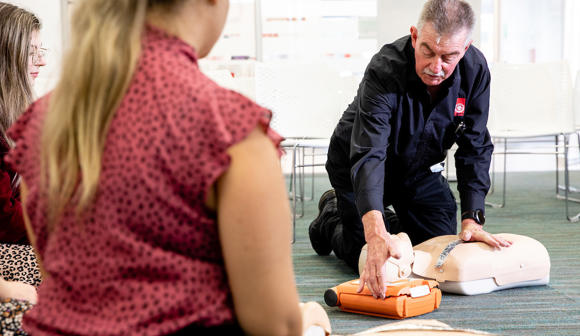
First Aid Training
View our wide range of First Aid Training, including general first aid, mental health and CPR.
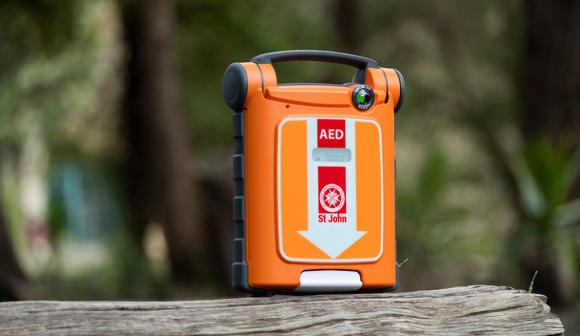
How to choose the right Defibrillator for you
Choosing a defibrillator can be hard. Read our list of things you should consider when choosing the right defibrillator for your needs.
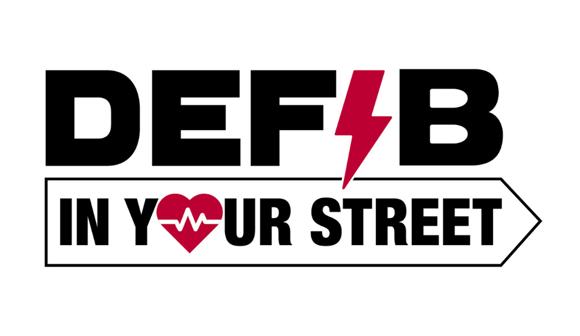
Defib in your street
A Community Program creating the safest suburbs to have a sudden cardiac arrest in Victoria.
Find out more about the program and our latest suburb.
